Other Grand Island Pages to Visit:
Churches
| Email Directory
| Government
| Groups
GIHS Grad List
| Guestbook
| Please sign in!
| Local Artists
| Photo Album
| Town History
| Useful Links
| Website Design
| Wildlife
| Isledegrande's Home Page
| GIECOM.NET'S Home Page
Please Email News Releases to Teddy
Linenfelser, Thank You.
This website was created and updated weekly since
September of 1997.
Our sponsor is GIECOM.Net
Inc., "Grand Island's E-Commerce Network",
providing Internet Access and Webhosting to the Grand Island Community.
If you are interested in participating as a sponsor, please email.
1871 Whitehaven Road, Grand Island, New York, 14072-1803 USA
GIECOM.Net Inc. is owned by
deSignet International
a "World Class Jewelry Manufacturer and Retailer"
Store Hours: Noon-5PM Tues-Friday and
Saturdays 10AM-3PM, and by Appointment
1869 Whitehaven Road, Grand Island, New York, 14072-1803 USA,
1-888-RARU.COM
Copyright © 1995-2003
All rights reserved.



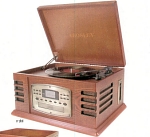
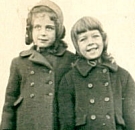

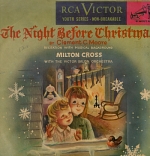
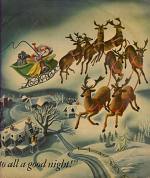

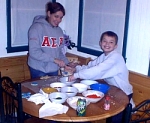
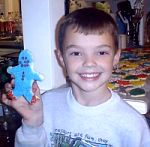
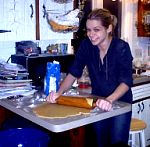

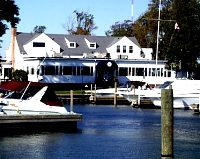

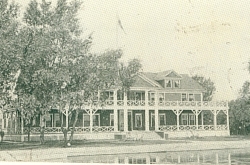
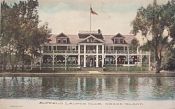
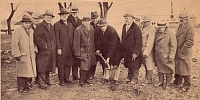
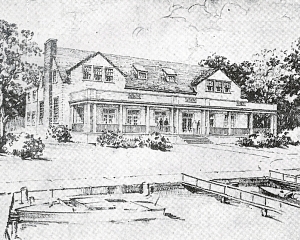
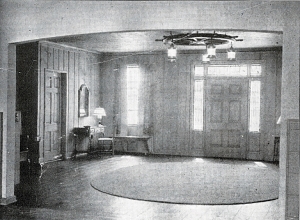
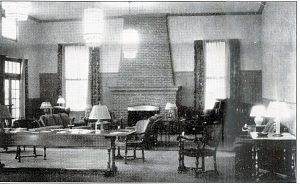
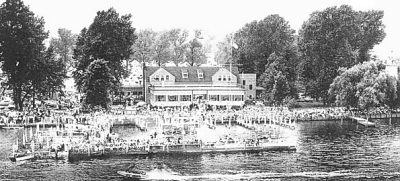
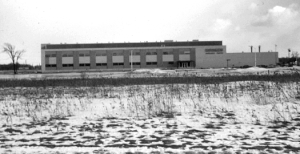
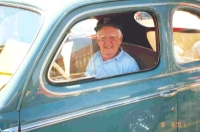
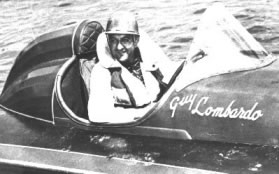


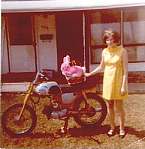













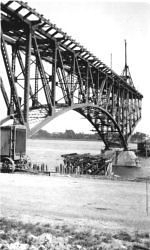


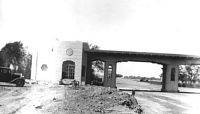
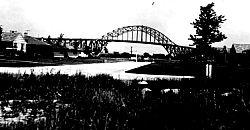


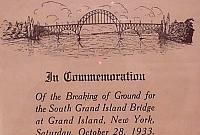
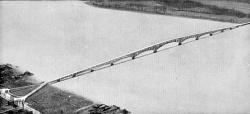

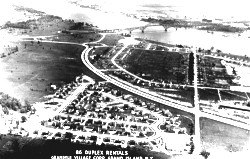

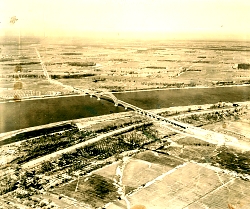
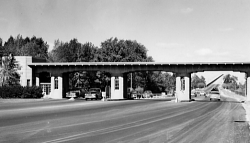


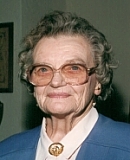





 Shown in this 1952 photo are (front) Gail Burgstahler (Rothenberg), Marianne Shear (Tranter) and Jim Tranter; (back) Jim Shear.
Shown in this 1952 photo are (front) Gail Burgstahler (Rothenberg), Marianne Shear (Tranter) and Jim Tranter; (back) Jim Shear.